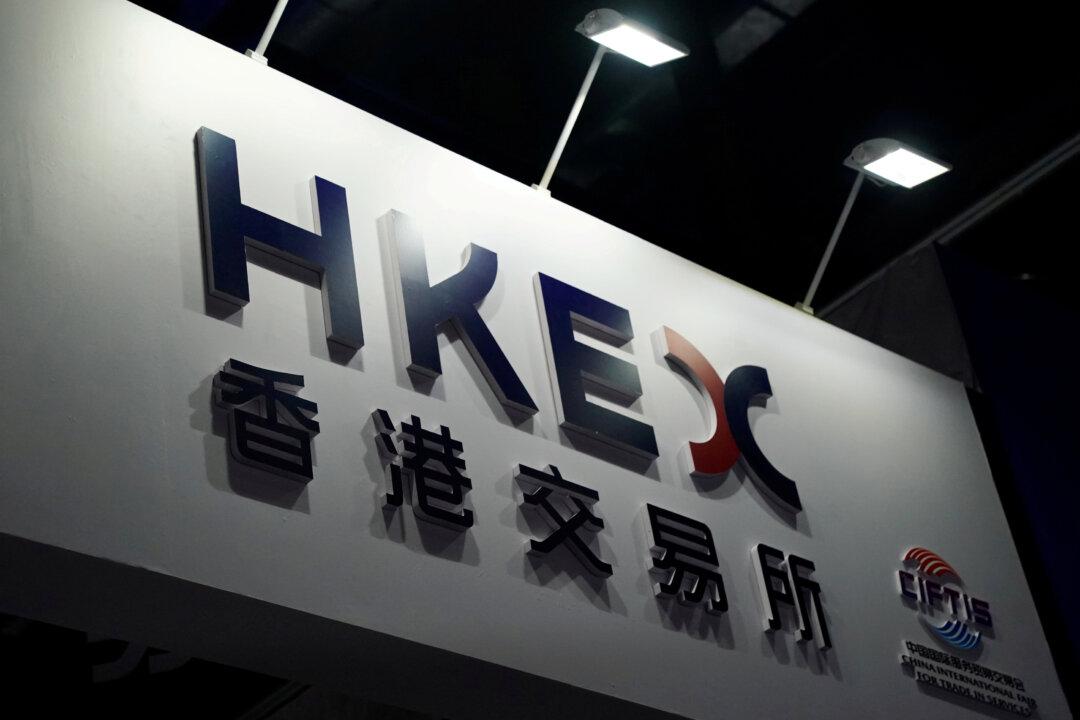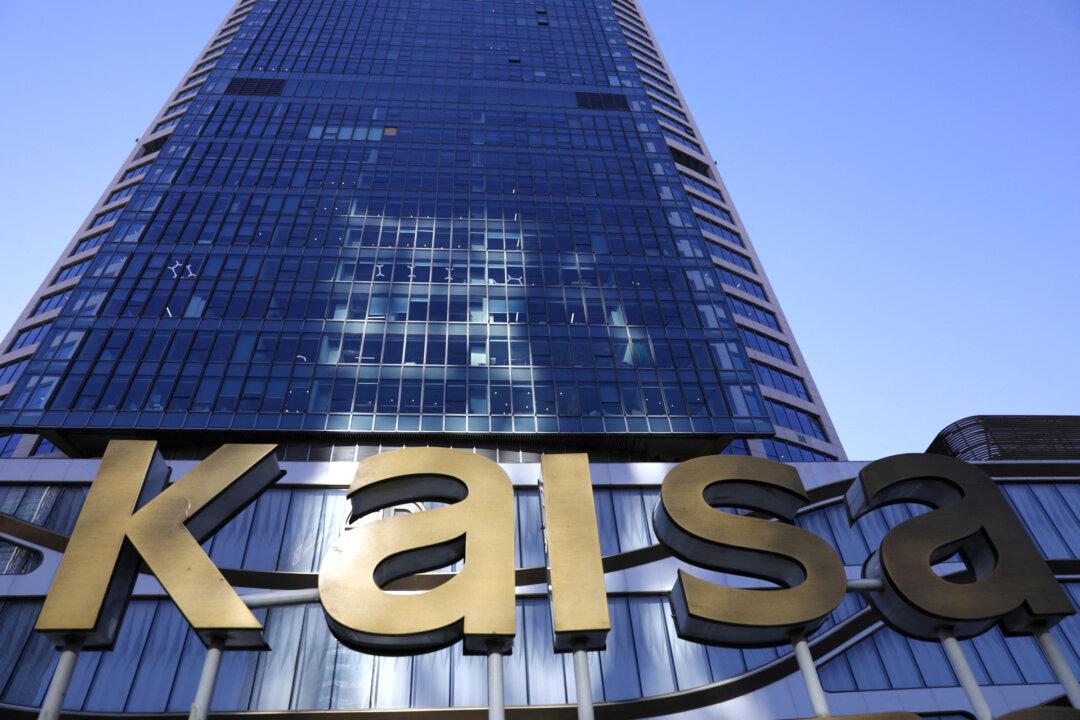Shanghai Electric Power Co. Ltd. plans to terminate a project that was supposed to provide “green” energy in China’s Xinjiang region but instead discharges polluted wastewater.
In a Dec. 28, 2021, filing to the Shanghai Stock Exchange, the company stated that owing to the malfunction of an exhaust gas purification system, the operation of its Hami Xuanli Gas Power project had improperly discharged a considerable amount of wastewater containing phenol, or carbolic acid.




